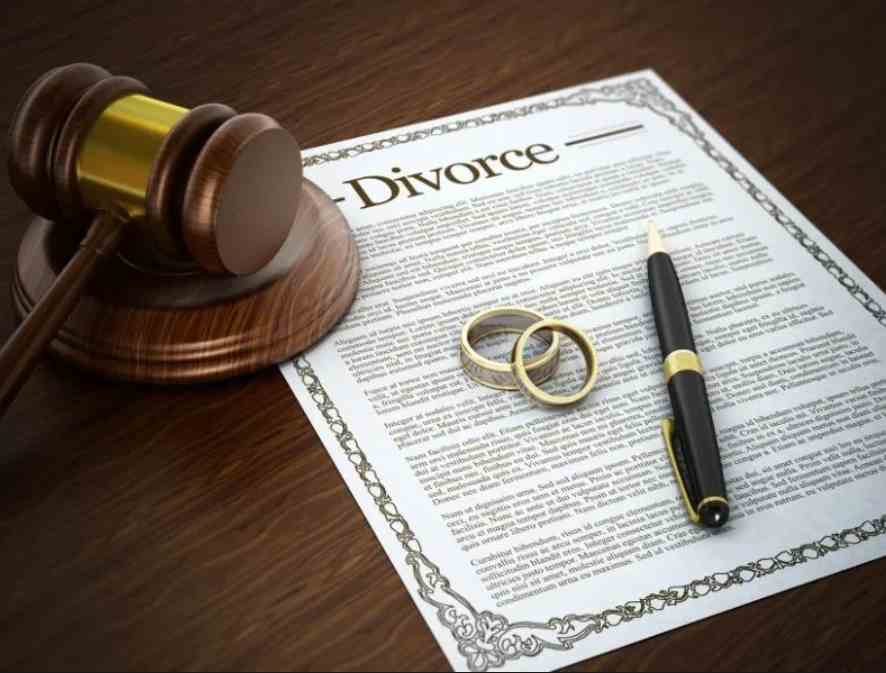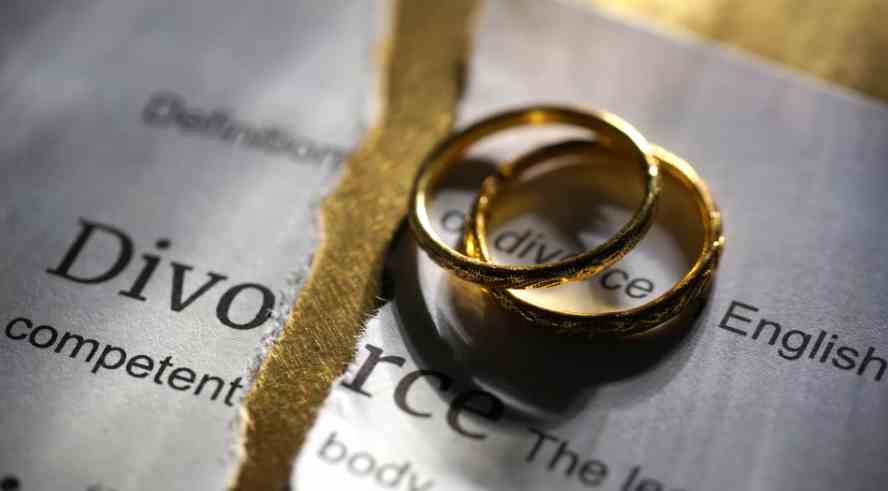How to Get a Divorce in New York?
Facing a divorce in New York can be overwhelming, leaving you with questions about the legal process and unsure of where to begin.
This comprehensive guide will walk you through the steps involved in getting a divorce in New York, from understanding residency requirements to filing the necessary paperwork.
Overview of New York Divorce Laws

Before delving into the specifics, it’s crucial to understand the legal landscape governing divorces in the state of New York. New York recognizes both contested and uncontested divorces.
Contested Divorce
A contested divorce occurs when spouses cannot reach an agreement on critical issues like asset division, alimony, or child custody. In such cases, the court becomes actively involved in resolving disputes, making the process more complex and often extending the timeline.
Uncontested Divorce
On the other hand, an uncontested divorce signifies mutual agreement between spouses on major issues. It’s generally a more straightforward process, offering a faster resolution and minimizing emotional strain.
Related Post: How to Submit Poetry to The New Yorker?
How to Get a Divorce in New York?

To initiate the divorce process in New York, one must meet the residency requirements. Either you or your spouse must have lived in the state for a specific period before filing. Understanding these requirements is the first step toward a successful divorce filing.
The formal start of the divorce process involves filing a petition with the appropriate court. This document outlines the grounds for divorce and the desired resolutions for key issues. It sets the legal wheels in motion, prompting a response from the other party.
Legal Representation Options
The legal intricacies of divorce can be overwhelming, and seeking professional assistance is often crucial. Let’s explore the various options for legal representation.
Hiring an Attorney
Many individuals choose to hire a divorce attorney who can provide legal expertise and guide them through the process. An experienced attorney can ensure that your rights are protected and that you receive fair treatment in negotiations.
Alternative Dispute Resolution
For those seeking a less adversarial approach, alternative dispute resolution methods like mediation or collaborative divorce offer opportunities for amicable settlements. These methods prioritize open communication and mutual agreement, fostering a more cooperative atmosphere.
Financial Considerations
Divorce involves significant financial considerations, from dividing assets to determining alimony. Understanding New York’s approach to these matters is essential for ensuring a fair and equitable resolution.
Equitable Distribution of Assets
New York follows the principle of equitable distribution, meaning that marital assets are divided fairly, though not necessarily equally. Identifying and valuing assets, including real estate, investments, and pensions, is a critical aspect of the financial settlement.
Alimony (Spousal Support)
Determining spousal support involves assessing the financial needs and earning capacities of both parties. New York considers factors such as the length of the marriage, each spouse’s financial situation, and their contributions to the marriage when deciding alimony.
See More: How much is a New York Cab Medallion?
Child Custody and Support

For couples with children, divorce introduces complexities related to child custody and support. New York prioritizes the best interests of the child in these decisions.
Child Custody Determinations
Courts consider factors such as the child’s relationship with each parent, their adjustment to home, school, and community, and the mental and physical health of all individuals involved.
Understanding these criteria can help parents navigate the emotionally charged process of determining custody arrangements.
Child Support Guidelines
New York has guidelines to calculate child support based on the parents’ income and the number of children. Familiarizing yourself with these guidelines is crucial for understanding your financial responsibilities and rights regarding child support.
Mediation and Alternative Dispute Resolution
In some cases, couples may opt for mediation or alternative dispute resolution methods, aiming for a more amicable divorce experience.
Mediation Process
Mediation involves a neutral third party facilitating discussions between spouses to reach mutually agreeable solutions. It promotes communication, understanding, and collaboration, often resulting in a more satisfactory outcome for both parties.
Collaborative Divorce
Collaborative divorce is another alternative that encourages open dialogue and problem-solving. Each spouse retains a collaboratively trained attorney, and all parties commit to resolving issues without litigation. This approach can be particularly beneficial when preserving amicable relationships is a priority.
Navigating the Court Process

Understanding the court process is vital for anyone going through a divorce in New York. From the initial filing to court hearings, being prepared and informed can alleviate anxiety during this challenging time.
Initial Filing
The divorce process officially begins with filing the necessary documents, including the summons and complaint, with the appropriate court. This triggers a response from the other party, officially marking the start of legal proceedings.
Temporary Orders and Hearings
In some cases, temporary orders may be necessary to address immediate concerns, such as child custody arrangements or financial support, while the divorce is pending. Court hearings may be scheduled to resolve these temporary issues.
Discovery and Negotiation
The discovery phase involves exchanging relevant information and documents between spouses. Negotiations take place to reach agreements on key issues. This phase may involve legal counsel and can be crucial in avoiding a protracted court battle.
Trial and Finalization
If an agreement cannot be reached through negotiation or alternative dispute resolution, the case may proceed to trial. Here, each party presents their case, and a judge makes decisions on unresolved issues. Once the court issues a final judgment, the divorce is officially finalized.
Post-Divorce Modifications
Even after a divorce is finalized, life circumstances may change, necessitating modifications to court orders.
Reasons for Modifications
Common scenarios requiring post-divorce modifications include changes in income, employment status, or health. Additionally, modifications may be necessary when addressing issues related to child custody, visitation, or support.
Navigating Modifications
Initiating post-divorce modifications involves filing a petition with the court. Understanding the criteria for modifications and presenting a compelling case are crucial for success in these proceedings.
Conclusion
Navigating a divorce in New York is a multi-faceted journey that requires both legal understanding and emotional resilience.
From understanding the legal framework to making informed decisions about representation and financial matters, this comprehensive guide aims to empower you throughout the process.



